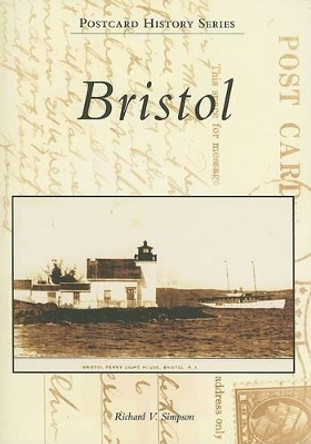When human's learned, in 1903, they could cruise over land in a heaver than air flying machine, they never dreamed of using an advanced model of the aeroplane as an instrument of war. The novelty of flying intrigued a young Glenn H. Curtiss-an inventor obsessed with speed. In the decade before World War One, Curtiss a dedicated tinkerer developed speedy float planes and flying boats which came to the attention of the U.S. Navy. During the run-up to America's involvement in the European war, ships carrying supplies to allies were being destroyed by the German U-boats. It was because of these losses of men and material that Navy brass decided a long range bomber should be developed to counter the German submarine menace. It was then Glenn Curtiss was contracted to draw plans for a large flying boat capable of flying across the Atlantic. Initially, four flying boats were built, but by this time the war had ended ant the mission of the flying boats no longer existed. However, America decided to send its new giant flying machines across the Atlantic as a show of Yankee know-how.
About the AuthorRichard V. Simpson is a native Rhode Islander and a graphic designer by trade. After retiring from a 29-year Federal Civil Service career, he became an antique dealer and a nonfiction writer. His in-depth knowledge of antique glass and porcelain and his specialty of glass paperweights encouraged him to write for the national Antiques and Collecting Magazine which published 85 of his articles. As his home town's defacto historian he began writing histories of Bristol and Bristol related subjects. He has written five books about the America's Cup yachts and this is his third book with a military subject.
Book InformationISBN 9781625450098
Author Richard V. SimpsonFormat Paperback
Page Count 128
Imprint Fonthill Media LLcPublisher Fonthill Media LLc




![The Spider Web: Royal Navy Air Service Flying Boat Operations During the First World War by a Flight Commander by Theodore Douglas Hallam (P I X ) 9781846777837 [USED COPY] The Spider Web: Royal Navy Air Service Flying Boat Operations During the First World War by a Flight Commander by Theodore Douglas Hallam (P I X ) 9781846777837 [USED COPY]](https://cdn11.bigcommerce.com/s-zkx5lhzlf8/images/stencil/444x444/products/5130628/5207890/9781846777837__68635.1724468701.jpg?c=1)




